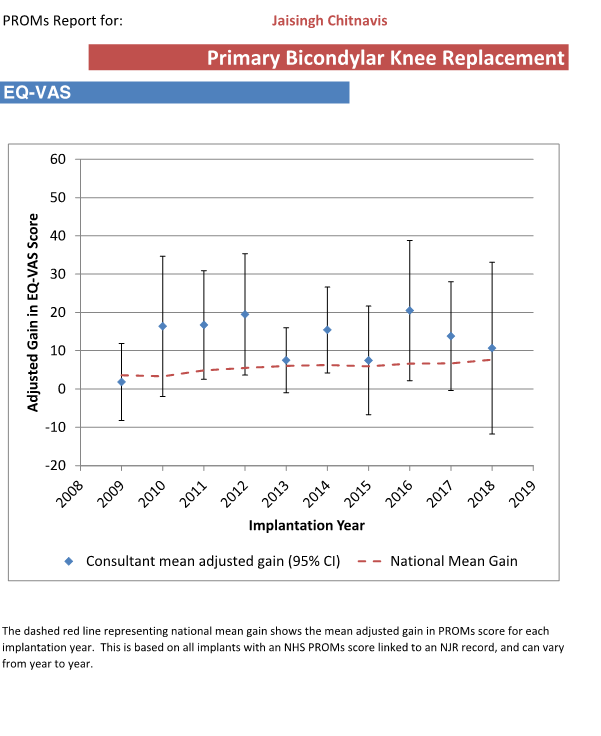
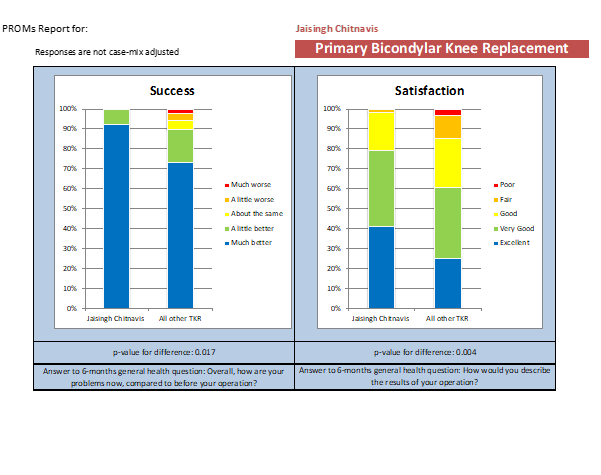
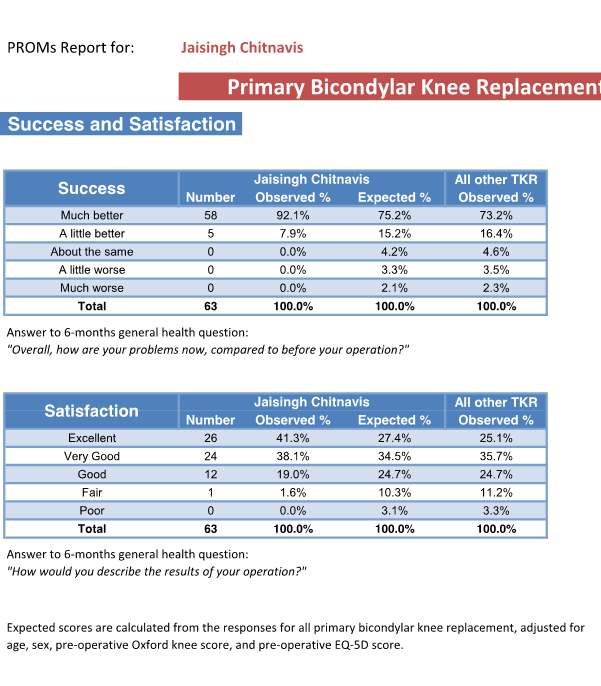
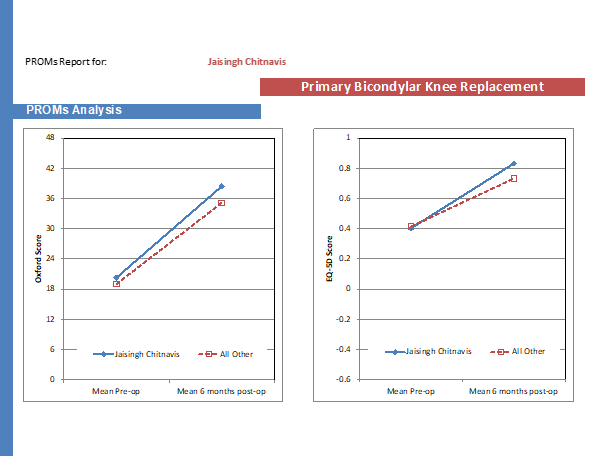
Specialist Care for Knee Disorders in All Ages




Speakers include Dr Richard Pye, Professor Harold Ellis, Dr Cecilia Brassett and Mr Roger Watkins.
Bipedalism has placed great demands on the middle articulation of the human lower limb.
The knee has to serve both as a stable pillar enabling erect stance…and as a rapidly moving
articulation allowing us to run at speed.
It will not come as a surprise to know that the knee is the joint most commonly injured in sport.
In terms of sheer numbers and economics, it is also the most important joint to develop
osteoarthritis.
At some point, one in five adults and one in twenty children will present as patients with knee
pain.
A survey of sporting injuries undertaken over 10 years noted that 40% were knee injuries. And
the adverse consequence of such trauma was greater than that to other injured joints.
A British survey from 1995 suggests that at least 2% of those over 55yrs of age are candidates for
knee replacement.
Read the full article here. This is a PDF file that will open in another window.
Following my appraisal of 2014 it was suggested that a review of previous ACL surgery outcomes was undertaken.
Methods!!
Patients who had undergone anterior cruciate ligament reconstruction by myself between 2011 and 2015 were considered for review. The first 23 patients in whom there were 2 outcome sheets in their notes were selected for review. The outcome sheets are those of the British Association for Surgery of the knee. A total of 23 patients were selected and 24 knees had undergone anterior cruciate ligament reconstruction. Of these 19 were men and 4 were women. The average age of patients was 36 years with a range of between 15 years to 53 years. All ACL reconstructions were performed using hamstring tendon autografts.
Results!
5 patients had undergone an arthroscopy and meniscal surgery prior to anterior cruciate ligament reconstruction. At anterior cruciate reconstruction 12 patients had warranted meniscal suture or resection. Chondral lesions were present in 14 knees.
Download the PDF to read the rest of the report.
ACL surgery outcomes for 2011 to 2015. This is a PDF file that will open in another window.
Mr Chitnavis’ patients Internal Audit data for outcomes of partial and total knee replacements in patients who underwent surgery 1/1/2011 to 31/12/2013
Based on available knee scores
(Hospital for Special Surgery and Knee Society combined score. Maximum is 200)
Total cases = 113
Missing data obviating scoring from before to latest follow-up (minimum 6 months) = 39 replacements
Available scores on 74 knee replacements
Number better after surgery in terms of knee scores: 70 out of 74
Average rise in scores for these was 48 (70 knee replacements)
Number no better after surgery : 4 out of 74.
Average fall in scores for these four was 21 (range of scores: -31,-16,-14,-24)
Complications
Angina, Atrial fibrillation, sacral sore, wound infection warranting debridement and closure (two operations), urinary tract infection, spacer mis-match to Oxford knee (discussed with international expert), stiffness (2 cases), stitch abscess, wound edge overlap.
Average rise in score for entire cohort was 44 (74 knee replacements)
Acknowledgements: Hari Chitnavis who helped collate data.
Calculations by Jai Chitnavis. 22nd October 2014. Raw data available for review.
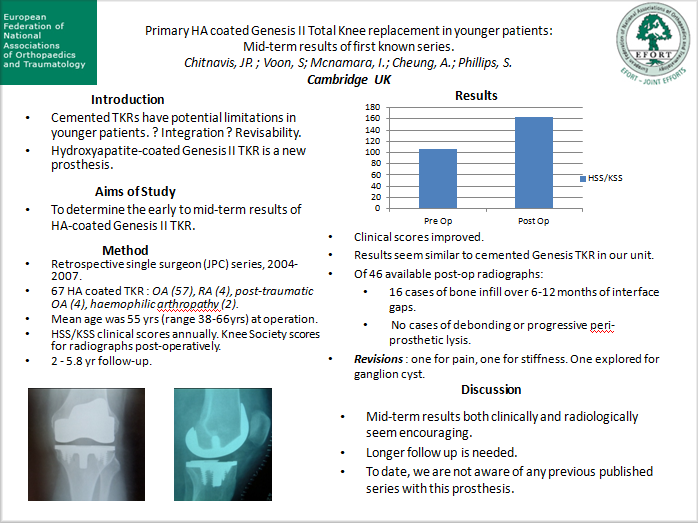
A single surgeon series.